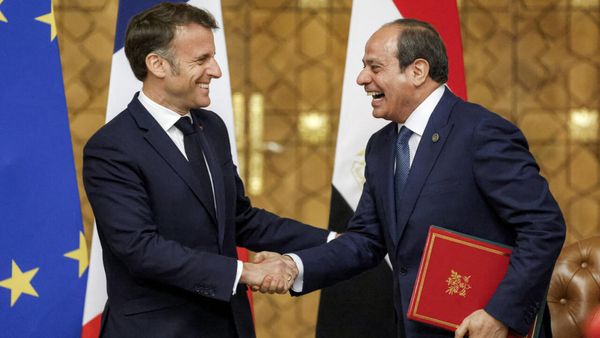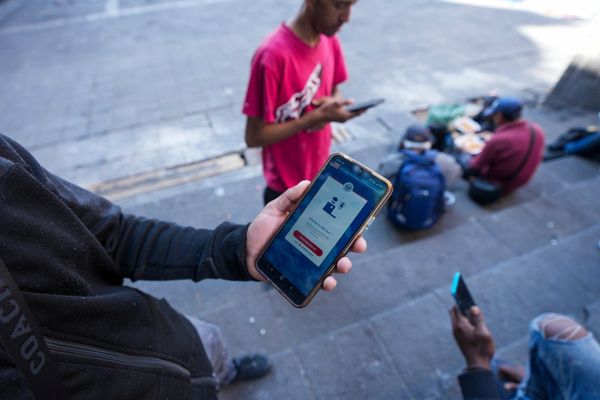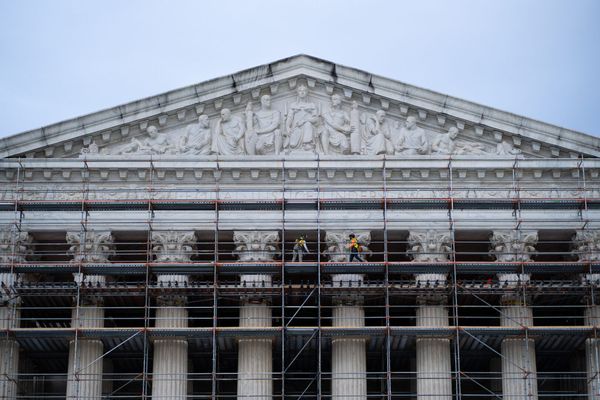The Sengol and politics
As someone who started his schooling a couple of months before India gained Independence, I consider myself as a child of the dawn of Independence. I studied in the Tamil medium first and though I switched over to the English medium thereafter till the end of my school years, Tamil continued to be my first language (though it was not my mother tongue). I was fortunate to have been taught by some of the finest scholars in Tamil literature and poetry. Yet, I never came across an instance where the term ‘Sengol’ was used to signify the transfer of power. I recollect that the term was used along with the Tamil word for rule or governance — “Aatchi”, as in “Sengol Aatchi”, or its opposite “Kodungol Aatchi”, signifying whether a king or monarch was just and benevolent or unjust and cruel, respectively. Therefore, I find the excitement now about Sengol being a sacred symbol of the transfer of power to be rather befuddling and amusing.
As someone interested in history, I do not recall that throughout the 3,000 years and more of recorded history of the subcontinent, power was necessarily transferred through a Sengol or its regional variants like dharmdhand, etc. More often than not, the transfer of power was achieved by conquest and waging war or by violent elimination of the incumbent ruler.
As for the Sengol in the new Parliament, I wonder whether Lord Mountbatten did actually hand it over to Pandit Jawaharlal Nehru on August 15, 1947. If so, there is sure to be photographic evidence of this great moment. Is it that all evidence thereof has been obliterated? In the midst of the violence consequent to Partition, would someone have deliberately obfuscated this fact?
In any case, what is the relevance of this symbol in a functioning democracy where the transfer of power takes place through elections? Perhaps, it rightfully belongs to a museum. All this makes me wonder, at the age of 82, whether the current resurrection of the Sengol is truly an attempt to restore a hoary tradition or one more stick to beat the reputation of the country’s first Prime Minister with.
K. Balakesari,
Chennai
Despite being the Prime Minister of the country for nine years now, Narendra Modi appears to be still in election campaign mode and never misses an opportunity to mount political attacks on the Congress. One fails to understand why so much importance is being attributed to the Sengol at the inauguration of the new Parliament building which is itself under much criticism as the President of India, the first citizen of India, was not invited for its inauguration.
The Sengol might have been a symbol of “power” enjoyed by kings in the earlier centuries and handed over by the outgoing king to the one ascending to the throne. Likewise, the Sengol might have been given by the British to us Indians upon setting the country free on August 15, 1947. There ends the matter. Since then, India is a democratic country and no longer ruled by kings. There is no necessity for the Sengol as the change of ‘power’ is symbolised by a robust election process and the power of the ballot paper.
A. Jainulabdeen,
Chennai
It is shocking to find the inauguration of the new Parliament building to be mired in such controversy and political hostility. Why is there so much of attention on the Sengol? Will there now be proper, intelligent, decent and nuanced debate?
Harish Hegde,
Mysuru







